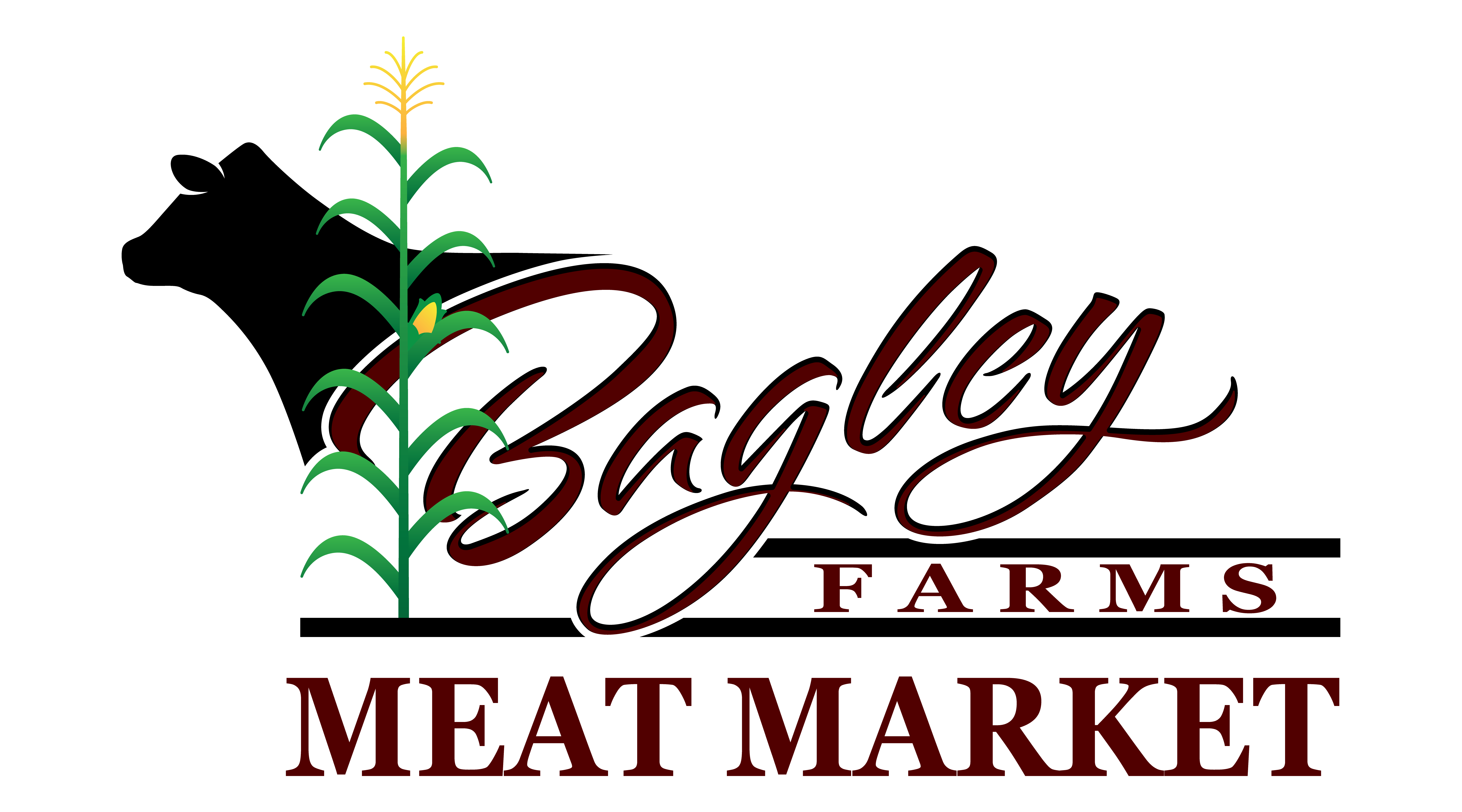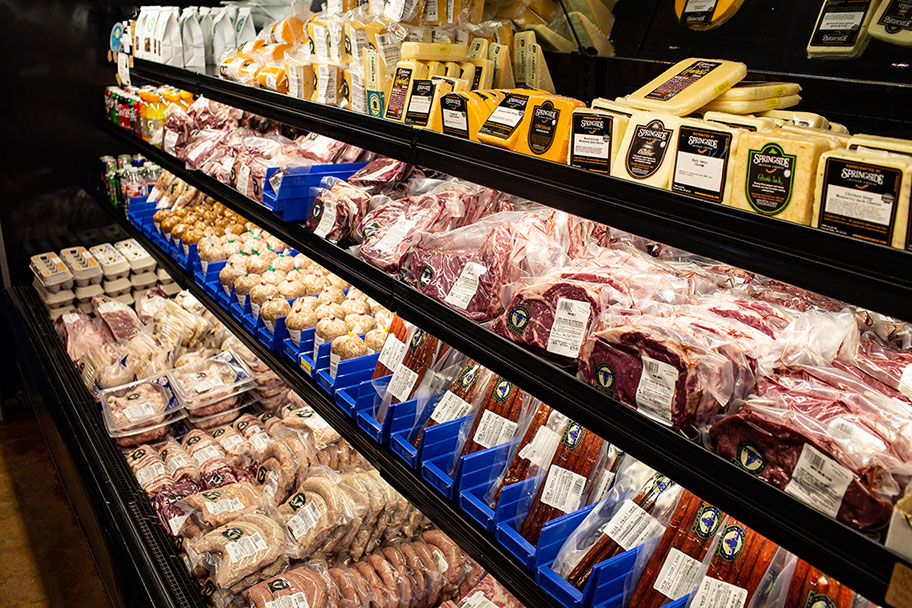What Makes Bagley Farms Meat Market Edwardsville IL Attract Attention for Meat Lovers
What Makes Bagley Farms Meat Market Edwardsville IL Attract Attention for Meat Lovers
Blog Article
Reveal the Art of the Butcher's Cut in a Modern Meat Market
In the ever-evolving landscape of contemporary meat markets, the butcher's cut has actually transcended its traditional roots, merging olden craftsmanship with contemporary methods. Today's butchers are not simply processors of meat; they are well-informed artisans who highlight sustainability and moral sourcing. Their knowledge in choose and preparing cuts tailored to certain cooking requirements uses an unmatched dining experience. What really sets the contemporary butcher apart is their capability to forge a much deeper link in between consumers and the beginnings of their meat. Just how do these masters balance tradition with advancement, and what implications does this have for the future of meat intake?
Evolution of Butchery Methods
The evolution of butchery strategies reflects a rich tapestry of advancement and adaptation driven by advancements in modern technology, modifications in consumer demand, and a much deeper understanding of meat science. Historically, butchery was a craft passed down through generations, with methods sharpened over centuries to optimize yield and flavor. Nonetheless, the commercial revolution introduced automation, transforming conventional techniques and enabling large-scale processing.
The mid-20th century saw butchery techniques even more improved by clinical understandings into muscle biology and meat aging, improving both inflammation and preference. Developments like vacuum product packaging and refrigeration expanded item shelf-life, permitting butchers to diversify offerings and boost top quality control. This duration also marked the rise of specialized equipment, such as band saws and meat slicers, which enhanced precision and effectiveness in meat processing.

Computerized systems currently assist in monitoring pet provenance and maximizing cuts to meet certain client choices. In addition, a revival in artisanal butchery has actually emerged, mixing conventional abilities with contemporary knowledge to provide to consumers seeking moral and lasting meat options.
Understanding Meat Cuts
Recognizing the ins and outs of meat cuts is necessary for both butchers and consumers looking for high quality and worth. Each cut comes from a various component of the animal, giving distinct flavors, textures, and food preparation techniques - bagley farms meat market edwardsville il. Mastery of these distinctions not only enhances cooking experiences but additionally optimizes the utility of each carcass. For butchers, specific cuts show ability and respect for the craft, ensuring minimal waste and optimum return.

Recognizing muscle composition is crucial; muscular tissues made use of extra often by the pet have a tendency to be tougher and are best suited for slow cooking methods, while less-used muscles, like those located in the loin, are extra tender and suitable for cooking or roasting. Knowledge with these differences encourages customers to make educated choices, enhancing their cooking endeavors.
Selecting Top Quality Meat
Picking the right meat entails even more than just choosing an aesthetically appealing piece from the display screen. The art of selecting high quality meat calls for a discerning eye and understanding of certain attributes that represent freshness and quality.
Second of all, consider the marbling, which refers to the white streaks of fat within the muscular tissue. Proper marbling is an essential sign of inflammation and taste, as it thaws during cooking, enhancing the meat's juiciness. Remember, higher marbling often associates with exceptional top quality cuts, such as USDA Prime.
Texture is another crucial aspect; meat must really feel strong to the touch, not slimed or extremely soft. In addition, be conscious of the aroma. Fresh meat ought to have a clean, neutral smell, devoid of any type of sour or off-putting odors.
Pairing Cuts With Cooking Approaches

Alternatively, harder cuts like brisket and chuck roast are abundant in collagen, which breaks down into jelly when prepared slowly. These cuts are suitable for braising or sluggish roasting, enabling the meat to tenderize gradually and develop deep, complicated tastes. In a similar way, cuts such as short ribs and pork shoulder prosper with slow-cooking approaches, where prolonged cooking times change their durable textures right into succulent recipes.
Lamb shanks and oxtail, which require prolonged cooking to tenderize, are perfect their explanation candidates for stewing or sluggish simmering. These techniques coax out abundant, passionate tastes while keeping dampness. By recognizing the one-of-a-kind features of each cut, cooks and home chefs alike can raise their culinary developments, making sure each meal is both pleasing and unforgettable.
The Butcher's Duty Today
Browsing the developing landscape of the modern meat market, the butcher's duty today prolongs beyond plain prep work of cuts. Contemporary butchers are culinary craftsmens, teachers, and supporters for lasting practices. They link the space in between the farm and the fork by guaranteeing ethical sourcing, recognizing animal husbandry, and prioritizing openness in the supply chain. This change reflects the growing customer demand for top quality over quantity, where provenance and animal well-being are critical.
In addition to crafting precise cuts, butchers currently engage straight with customers, supplying cooking recommendations and tailoring selections to suit specific needs and preferences. Their knowledge in meat aging, marbling, and taste profiles encourages consumers to make informed choices, boosting their cooking experiences. This personalized solution exemplifies the butcher's advancing function as a relied on advisor in the kitchen.
Additionally, butchers are crucial in lessening waste, utilizing entire animals to produce diverse items such as sausages and supplies. This comprehensive technique not only values the animal however my explanation likewise straightens with contemporary sustainability goals. In this means, the contemporary butcher embodies both practice and development, adjusting to an ever-changing market while maintaining the creativity and stability of their craft.
Verdict
The modern butcher's craft intricately weaves conventional strategies with modern-day advancements, stressing sustainable methods and moral sourcing. Mastery in comprehending varied meat cuts and top quality signs encourages butchers to offer informed suggestions, lining up specific cuts with ideal cooking approaches. This knowledge not just elevates culinary experiences but also enhances the link in between consumers and the origins of their food. By honoring historical techniques while you can try this out welcoming modern needs, the butcher's duty stays important in today's advanced meat market (bagley farms meat market edwardsville il).
Report this page